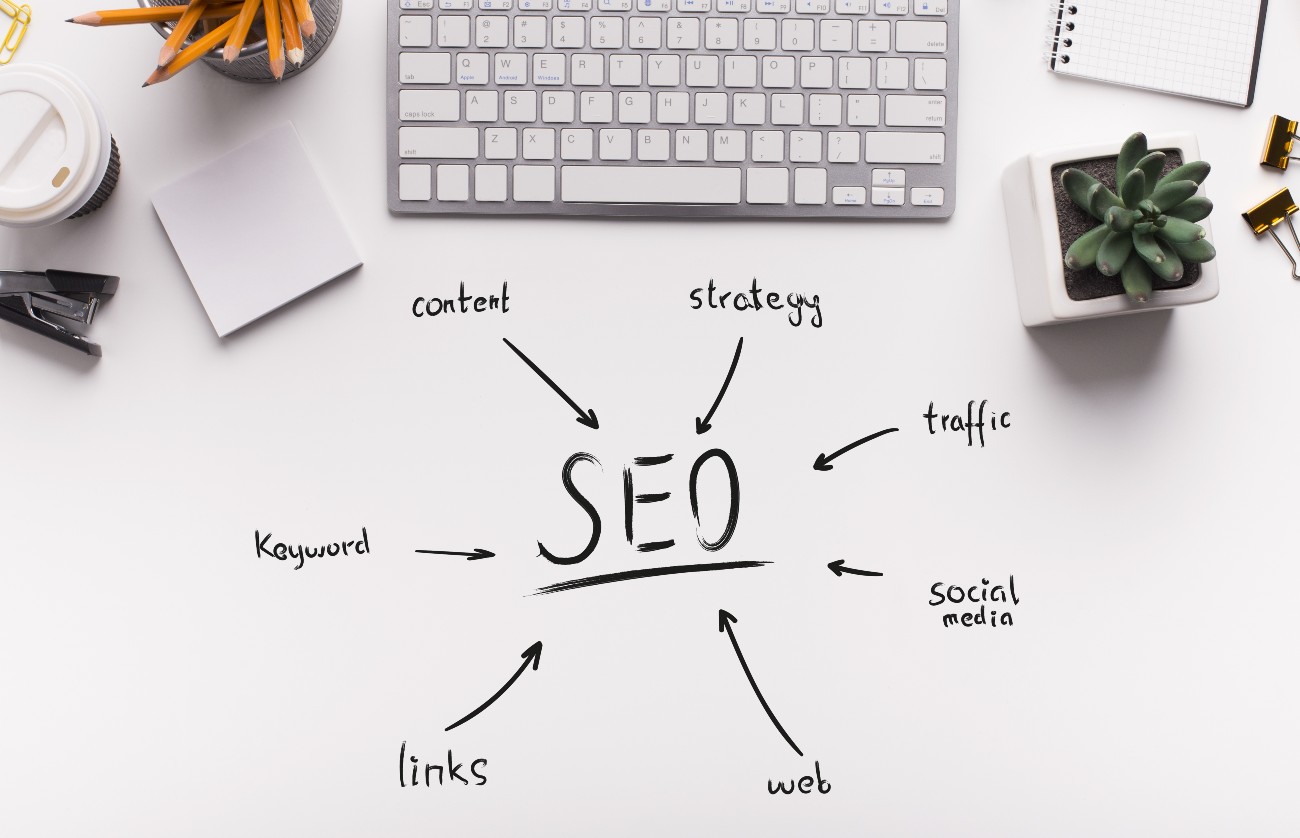How to Create a Keyword Strategy for SEO
A keyword strategy for seo is an inevitable part of any digital marketing campaign and a key aspect in increasing online visibility and traffic. Unfortunately, although many know about it, few utilize the power of keywords and invest enough time and resources to build a successful keyword strategy.
The process involves extensive keyword research, deliberate analysis, and making the right decisions on what to use and where to use them. It’ll allow you to plan your digital marketing activities accordingly and create SEO-friendly content that will bring targeted traffic to your website.
Why are Keywords Important?
SEO experts, content creators, website owners, and Google seem obsessed with keywords, so you already know they are important.
Still, you might wonder what’s all the hype about keywords and how you use them to bring more traffic. You may have found a keyword or two relevant to your business, but how can you harness the power of these magic phrases? The answer is a well-built keyword strategy.
Keywords are how your potential customers find your business online and how search engines understand the context of your content, so they remain the most crucial aspect of SEO even in 2022.
Types of Keywords
Short-Tail and Long-Tail Keywords
Keyword research might seem a straightforward and quick thing to do. However, it would be so only if there were a single type of keyword rather than seven types of keywords.
You might already have heard of the first two types of short-tail and long-tail keywords. They are super easy to distinguish. Short tail keywords consist of only 1-2 words, while long-tail keywords feature 3-5 or more keywords.
Short-tail keywords such as ‘skincare’ receive tons of traffic, so targeting and ranking for these kinds of keywords usually involves a lot of competition. In contrast, ‘how to choose skincare products for your skin type’ brings less traffic, but there is also less competition and higher chances for you to rank for the keyword.
Long-tail keywords are also far more specific than short-tail keywords. Usually, it’s hard to know users’ intentions when they type short-tail keywords in the search engine, but that’s a whole different story with long-tail keywords. In the example above, it’s clear that the user is searching for a suitable skincare product based on their skin type, while in the short version – the ‘skincare’ user’s intention was unclear.
LSI keywords
Latent Semantic Indexing Keywords, or simply LSI keywords, are additional topic-related keywords you can use along with the primary keyword to help search engines better understand the context of your content.
If the primary keyword is skincare, LSI keywords can be sensitive skin, acne-prone skin, dry skin, itchiness, discomfort, combination skin, etc. Because these keywords give more context to your pages, it’s crucial to use them along with primary and long-tail keywords.
An online tool: LSI graph will help you generate LSI keywords for free. Just type your primary keyword and see which others you can use to boost rankings.
Keywords According to Buyers Journey
Now that we’ve established the types of keywords in terms of their length and context, it’s time for buyer’s keywords.
Searchers use keywords to find something to buy or new information to learn. Sometimes they intend to purchase a product. Other times, their buying journey might begin with a desire to make pasta at home, ending with ordering fresh pasta online.
Better understanding each keyword type will help you craft a keyword strategy according to each stage of the buyer’s journey to bring the targeted and quality traffic depending on your goals.
To increase sales and promote your business successfully, you need to understand better why your customers use their keywords and which ones you should target.
Luckily, SEO experts have already identified four types of keywords based on a buyer’s journey, so you can easily see which ones your prospects use at what stage.
There are four types of keywords consumers use as they move forward through the buyer’s journey:
Informational keywords and The Awareness Stage
The buyer journey begins with the awareness stage – it’s when consumers search for answers, information, or any resources online without intending to buy any product.
They usually use “how-to” keywords or questions to learn something at home or learn more about a topic. These keywords typically contain “how-to,” “what,” “when,” or similar identifiers.
Although they don’t usually drive action, informational keywords are essential for building brand awareness and image by appearing in more search queries and educating your customers.
A great place to target informational keywords is your blog to create educational content specifically for this matter.
If you provide value to your customers at this stage, they will trust your business more and may even come back in the future to learn more. Over time they will see your brand as an expert in the field, and when they need a product or service you offer, they’ll be most likely to do business with you.
Navigational Keywords and the Consideration Stage
At this stage, prospects already have an idea of what they want; if their journey began searching for a homemade pasta recipe, they have now decided to order the fresh pasta online they found at the end of the article in the CTA.
They will research the product and the brand producing the pasta to see if it is the right solution. The keywords they’ll use at this stage will be brand or product-specific, like buy [brand’s name] fresh pasta online, ingredients in [brand’s name] pasta, or is [brand’s name] fresh pasta gluten-free? They will try to find specific pages on your website and information about the products you sell to help them see if your product is what they need. A great place on your website to target navigational keywords is an FAQ page or FAQ sections on your product pages.
Commercial keywords and the Consideration Phase
Some users may want to learn more about your brand before purchasing on your website so that they might go back to a search engine and type – Is [the brand’s name] reliable? They will try to learn more about your company from external sources like review pages or social media platforms. Some may want to compare two products. For example, searching for is Marshall Major III better than Minor III? If you sell tech products and have both in your inventory, why not compare them and write a compelling article about them on your blog?
Transactional keywords and the Decision Stage
Shoppers who are very close to making a purchase online use transactional keywords.
You should target these keywords on your product pages, ads, or pages where consumers can take action and buy your product immediately. Examples of transactional keywords include – buy headphones online, grocery delivery services, bike for sale, etc.
Users usually type transactional keywords in search engines after they have already searched for information, learned more about a product, and now are willing to make a purchase.
Are You Feeling More Confident in Launching Your Keyword Strategy?
Knowing the different types of keywords and at what stages in a buyer’s journey users type can help you craft a successful keyword strategy and work wonders for your traffic. Still, few business owners have time and resources to do the work themselves, so they sometimes need marketers’ help.
If what you have just learned sounds time-consuming or something you better not deal with, we are happy to help at Internet Marketing Geeks! As a digital marketing company, we offer a wide range of services, so our team is ready to assist you regardless of your business’s marketing needs. Contact us today for a free consultation.



